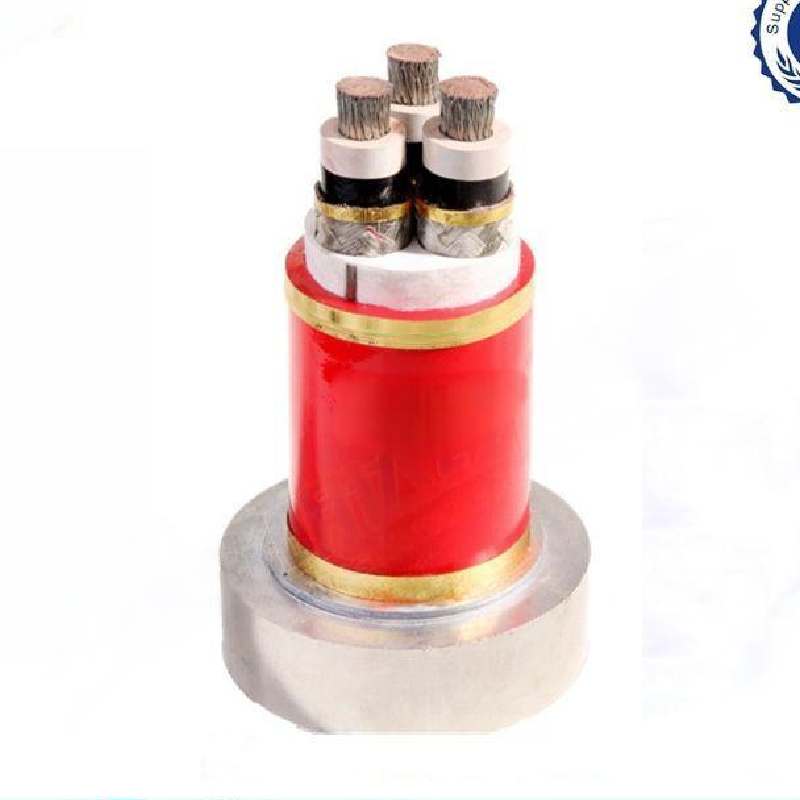Dec . 13, 2024 23:21 Back to list
3 piece ball valve
Understanding Three-Piece Ball Valves A Comprehensive Guide
Ball valves are crucial components in various piping systems, known for their durability, reliability, and ability to provide leak-proof sealing when closed. Among the different types of ball valves available in the market, three-piece ball valves stand out for their design flexibility and ease of maintenance. This article explores the features, benefits, applications, and maintenance aspects of three-piece ball valves.
What is a Three-Piece Ball Valve?
A three-piece ball valve is designed with three primary parts the ball, the body, and the end connections. This configuration provides additional advantages that make it a preferred choice in many industrial applications. The three-piece design allows for the body to be easily disassembled, enabling quick maintenance and repair without having to replace the entire valve or disrupt the piping system significantly.
Features of Three-Piece Ball Valves
1. Modular Design The distinct structure of three-piece ball valves includes two end pieces and a middle section, which can be removed. This modularity facilitates easy access for inspection, cleaning, or replacing the ball and seats.
2. Variety of Materials Three-piece ball valves can be manufactured from various materials, such as stainless steel, brass, and plastic, to suit different environments and applications. The right material selection ensures resistance to corrosion and optimal performance under specific conditions.
3. Full Port or Reduced Port Options Three-piece ball valves are available in both full port and reduced port designs. A full port allows for unrestricted flow and minimal pressure loss, while a reduced port can save space and material costs in less critical applications.
4. Live Loading Many three-piece ball valves come with a live loading feature that ensures a consistent seal by applying pressure to the packing as it wears over time. This leads to improved longevity and reduced maintenance needs.
Benefits of Three-Piece Ball Valves
1. Ease of Maintenance One of the significant advantages of three-piece ball valves is their ease of maintenance. The ability to change the inner components without removing the valve from the piping system means reduced downtime and labor costs.
2. Versatile Applications With their robust design and availability of various materials, three-piece ball valves are suitable for diverse industries, including oil and gas, chemical processing, water treatment, and food and beverage production.
3. Cost-Effectiveness While they may have a higher upfront cost compared to other valve types, the longevity, decreased maintenance needs, and the capability to repair rather than replace lead to significant long-term savings.
4. Reliable Performance The tight seal generated when the valve is closed prevents leaks and ensures the reliability of the system. The ball valve's simple yet effective design results in minimal turbulence and pressure drops.
3 piece ball valve

Applications of Three-Piece Ball Valves
Three-piece ball valves are widely used across different sectors due to their adaptability and reliability
. Common applications include- Chemical Processing Their resistance to corrosive substances makes them ideal for managing harmful chemicals in industrial processes. - Oil and Gas Used in pipelines to control the flow of oil and gas, these valves demonstrate high durability and performance under extreme conditions.
- Water Treatment In the municipal water supply and wastewater management sectors, three-piece ball valves help ensure efficient flow regulation and prevent contamination.
- Food and Beverage With sanitary designs, these valves meet stringent hygiene standards required in food production systems.
Maintenance of Three-Piece Ball Valves
To maintain optimal performance of three-piece ball valves, regular inspections are essential. Here are a few maintenance tips
1. Regular Inspection Periodically check for leaks, corrosion, and signs of wear. This proactive approach helps prevent unexpected failures.
2. Lubrication Apply lubrication to the valve stem as necessary to ensure smooth operation, especially in high-stress environments.
3. Replacement of Seals Over time, seals may degrade due to wear and thermal cycling. Inspect and replace seals as needed to maintain a proper seal and prevent leaks.
4. System Testing Conduct pressure tests periodically to ensure that the valve is functioning correctly and containing the necessary pressure in the system.
Conclusion
Three-piece ball valves are an invaluable component in various industrial applications due to their modular design, maintenance convenience, and versatility. Understanding their features, benefits, applications, and maintenance will help industries make informed decisions when selecting valves for their systems. Proper use and regular maintenance can lead to enhanced performance and longer service life, ultimately resulting in cost savings and increased efficiency in operations.
Share
-
Reliable Wafer Type Butterfly Valves for Every IndustryNewsJul.25,2025
-
Reliable Flow Control Begins with the Right Ball Check ValveNewsJul.25,2025
-
Precision Flow Control Starts with Quality ValvesNewsJul.25,2025
-
Industrial Flow Control ReliabilityNewsJul.25,2025
-
Engineered for Efficiency Gate Valves That Power Industrial PerformanceNewsJul.25,2025
-
Empowering Infrastructure Through Quality ManufacturingNewsJul.25,2025